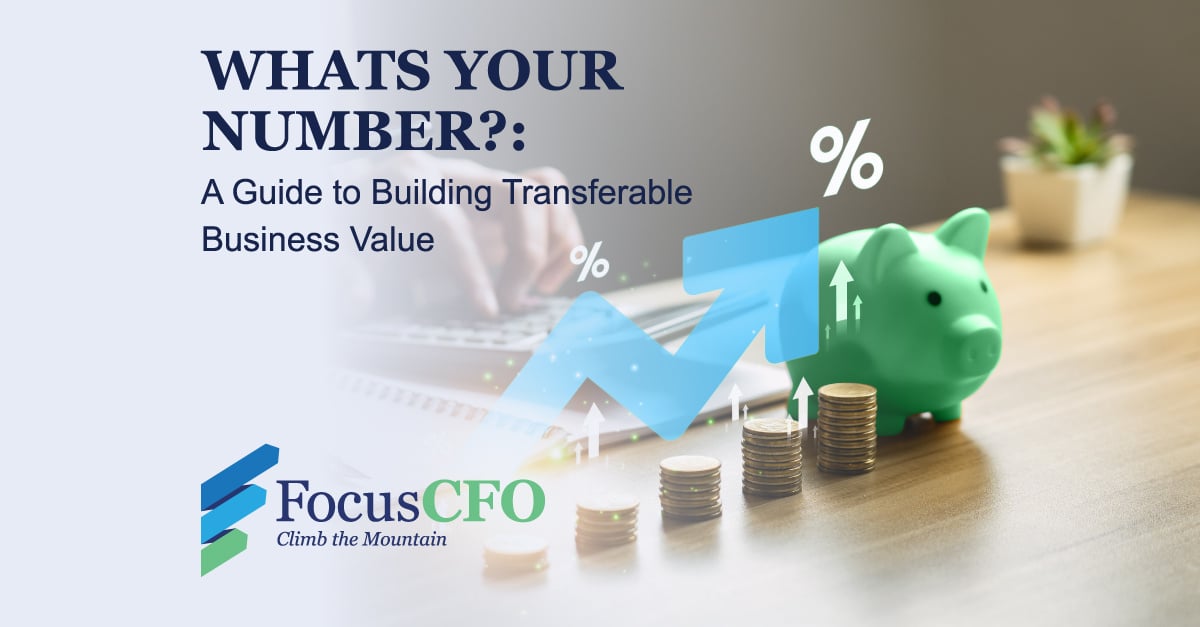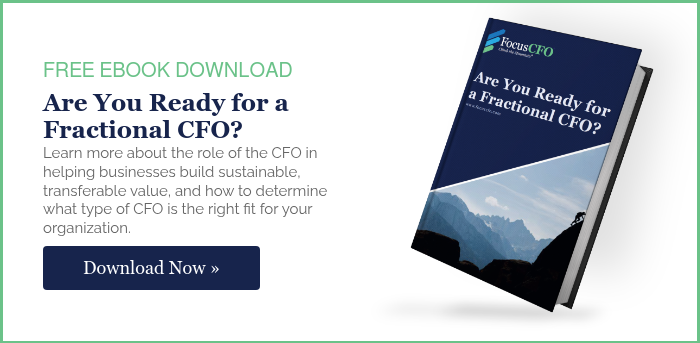As a small business owner, you've poured your heart and soul into building your company. But have you considered your endgame? What's your "number" - the amount you want to walk away with when it's time to sell? More importantly, are you actively building the transferable value that will help you reach that number?
Determine Your "Number" - The Target Sale Price for Your Business
Your "number" isn't just a figure you pluck from thin air. It's a carefully calculated amount that should cover your retirement needs, future financial goals, and any legacy plans for family or charity. Determining this number is crucial as it's your North Star, guiding your business decisions and exit strategy.
Bridging the Gap: Increasing Your Business's Transferable Value
Once you've identified your number, you need to assess your business's current value. This often reveals a gap between your current position and your goal. Don't be discouraged - this gap is your roadmap for growth. The key to bridging this gap lies in building transferable value, which is what makes your business attractive to potential buyers. It's the assurance that your company will continue to thrive without you at the helm.
5 Key Strategies for Increasing Transferable Value
- Reduce Owner Dependency
Not all profit is created equally. A critical aspect of building transferable value is addressing owner dependency. Many small businesses rely heavily on the owner's personal relationships, expertise, and daily involvement. While this hands-on approach may have been crucial in the early stages, it can become a liability when it's time to sell. Potential buyers are often wary of businesses that might falter without the original owner. To combat this, focus on systematizing your knowledge and relationships. Document your processes, introduce key clients to other team members, and gradually delegate important decisions. This transition not only increases your business's value but also gives you more freedom and a better work-life balance in the meantime.
- Diversify Your Customer Base
To build transferable value, start by diversifying your customer base. Reduce reliance on any single client, as a diverse customer portfolio lowers risk and increases appeal to potential buyers. Next, focus on developing strong systems and processes. Document your operations meticulously, as buyers value businesses that can run smoothly without the owner's constant involvement.
- Cultivate a Strong Management Team
Cultivating a strong management team is another crucial step. Invest in leadership development within your organization. A capable team that can operate independently is a major selling point and can significantly increase your business's value. Alongside this, work on demonstrating consistent, profitable growth. Buyers are willing to pay premiums for businesses with clear upward trajectories, so focus on sustainable expansion strategies.
- Protect Your IP
Don't overlook the importance of protecting your intellectual property. Take steps to secure patents, trademarks, and copyrights. These intangible assets can significantly boost your business's value and make it more attractive to potential buyers. Equally important is maintaining clean and accurate financials. Keep meticulous financial records, as clear, well-organized financials inspire confidence in potential buyers and can smooth the due diligence process.
- Surround Yourself with Expert Advisors
In building transferable value, the expertise of a Fractional CFO can be invaluable. They can help you accurately determine your "number", identify key value drivers in your business, implement financial strategies to bridge the value gap and prepare your business for due diligence.
Remember, you don't have to go it alone on this journey. Joining peer advisory groups can provide fresh perspectives on your exit strategy, shared experiences from those who've successfully exited, and accountability to keep you on track toward your goals.







